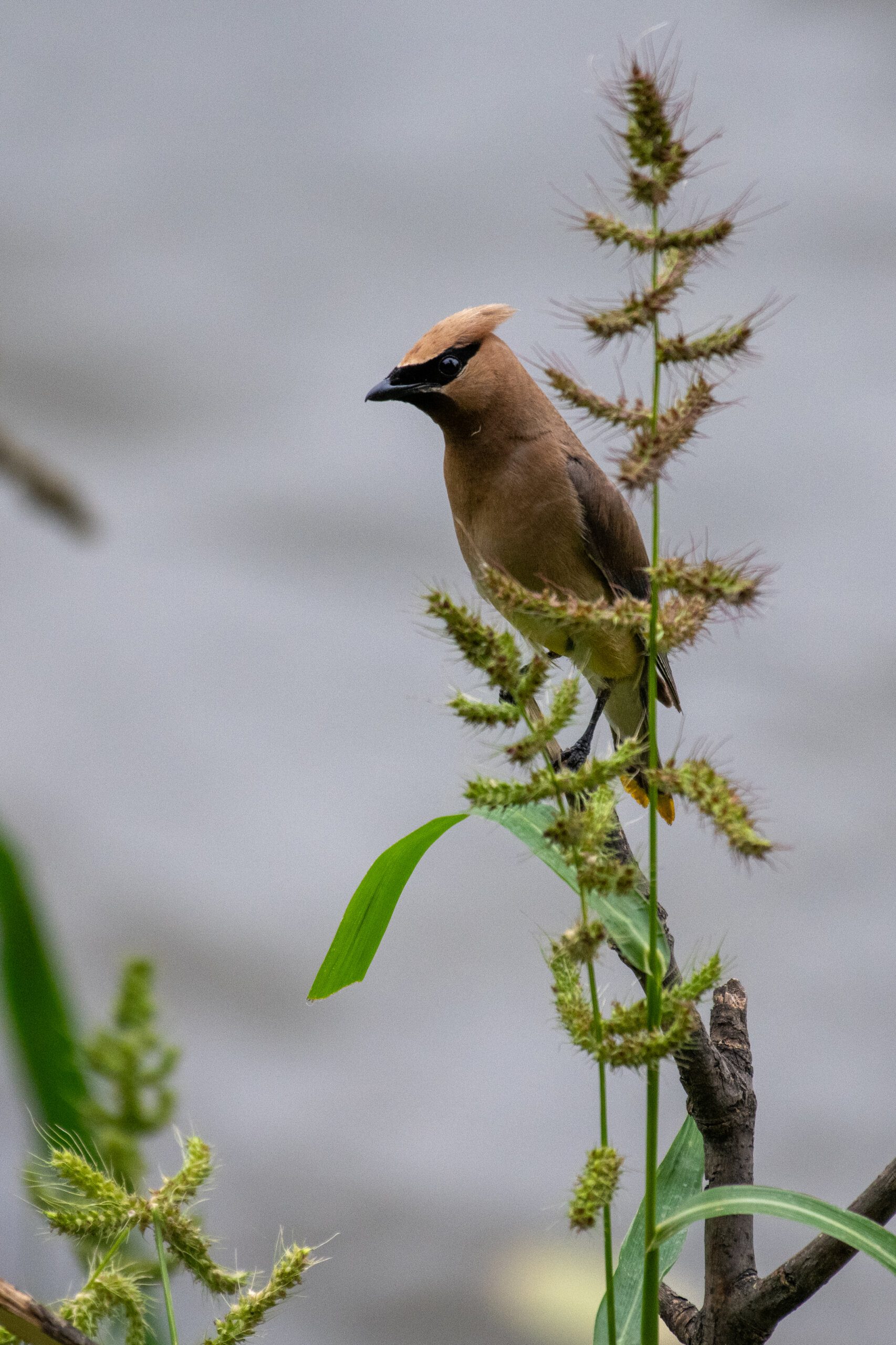If you’re curious about the fascinating world of capybaras, then you’re in for a treat! This article is here to unveil some intriguing facts about these unique creatures. From their impressive size to their social nature, get ready to discover the wonders of capybaras and dive into a world that will leave you amazed. So, get comfortable and prepare to be captivated by these incredible facts about capybaras!

Physical Characteristics
Size and Weight
Capybaras are the largest rodents in the world, reaching an impressive size. On average, they measure about 3.3 to 4.4 feet (1 to 1.3 meters) in length and stand around 20 inches (50 centimeters) tall at the shoulder. These furry creatures have a hefty weight, ranging from 77 to 143 pounds (35 to 65 kilograms). Their robust bodies are supported by short but strong legs, allowing them to navigate both land and water with ease.
Appearance
Capybaras have a unique appearance that sets them apart from other animals. Their stocky bodies are covered in short, coarse fur that comes in various shades of brown and tan. Their heads are round and feature small ears and eyes positioned high on their face. One of their most distinctive features is their blunt, blunt-ended snout, which is perfect for grazing on vegetation. Capybaras also have webbed feet, which make them excellent swimmers.
Adaptations
Being partially aquatic animals, capybaras have several adaptations that enhance their survival in their natural habitat. Their eyes, ears, and nostrils are positioned high on their head, allowing them to keep them above water while swimming. Their webbed feet aid in efficient movement through the water, and their short, muscular limbs are well-suited for both swimming and walking on land. Additionally, their dense fur serves as insulation, keeping them warm in the water and protected from harsh weather conditions.
Habitat and Distribution
Natural Habitat
Capybaras are native to South America, particularly to the tropical rainforests, swamps, marshes, and grasslands in the region. They are highly adaptable animals and can thrive in various types of habitats as long as there is access to water. Capybaras are often found near rivers, lakes, and ponds, where they can swim and hide from predators.
Geographical Range
The geographical range of capybaras extends across several countries in South America. They can be found in Brazil, Venezuela, Colombia, Peru, Argentina, and other neighboring countries. Due to their ability to adapt to different environments, capybaras can be spotted in a wide range of ecosystems, from the Amazon rainforest to the Pantanal wetlands.

Behavior and Social Structure
Diurnal or Nocturnal?
Capybaras are diurnal creatures, which means they are most active during daylight hours. They spend the warmest parts of the day resting or bathing in water to regulate their body temperature. In the early morning and late afternoon, they emerge to graze on vegetation, socialize with their group, and engage in various activities.
Social Behavior
Capybaras are highly social animals and live in large family groups known as herds or colonies. These herds can consist of as few as 10 individuals or as many as 100. Within the group, there is a hierarchical structure, with one dominant male leading the herd. Capybaras are known to be friendly and gentle towards one another, engaging in activities such as grooming and sharing resting spots.
Communication
Communication among capybaras is vital for maintaining social cohesion within the group. They have a wide range of vocalizations, including purring, whistling, barking, and even screaming when threatened. These vocalizations help individuals communicate with each other, especially during times of danger or distress. Additionally, they also communicate through body language, such as scent marking, grooming, and posturing.
Diet and Feeding Habits
Herbivorous Diet
Capybaras are herbivores, meaning they feed exclusively on plant matter. Their diet mainly consists of grasses, aquatic plants, and various types of vegetation found in their habitat. They have specialized teeth, known as hypsodont, which are adapted for grazing and grinding down tough plant material.
Favorite Foods
Although capybaras are herbivores and consume a wide variety of plants, they do have some favorite foods. Among their preferred delicacies are water hyacinths, tender grasses, and aquatic plants. When food is abundant, capybaras can be seen grazing for an extended period, enjoying a leisurely meal.
Feeding Behavior
Capybaras are selective feeders and spend a significant amount of their day searching for food. They use their sensitive snout to detect vegetation and can consume large quantities of food in a short time. To aid in digestion, capybaras practice a unique feeding behavior called coprophagy. This involves eating their own feces, which allows them to extract more nutrients from the food they consume.

Reproduction and Lifecycle
Mating Season
Capybaras have a breeding season that varies depending on their location. In some regions, breeding can occur year-round, while in others, it is more seasonal. Generally, capybaras mate during the rainy season, which provides ample food and water for their offspring.
Gestation Period
After mating, the female capybara undergoes a gestation period of approximately five months. During this time, she prepares a burrow or a suitable nesting area for the upcoming birth.
Number of Offspring
On average, female capybaras give birth to a litter of around four to eight pups, although litters can range from one to as many as 14. The newborns, called pups, are relatively helpless and rely on their mother for warmth, nourishment, and protection.
Maternal Care
Maternal care is essential for the survival of capybara pups. The mother is highly attentive and protective, nursing her young and grooming them regularly. The pups grow rapidly and will start to explore their surroundings within a week after birth. However, they will continue to rely on their mother’s care and guidance until they are old enough to venture out on their own.
Predators and Defense Mechanisms
Natural Predators
Capybaras have a few natural predators in their environment. These include jaguars, pumas, caimans, anacondas, and large birds of prey. However, due to their group-living behavior and the ability to quickly retreat into water, capybaras have developed effective defense mechanisms against predation.
Defense Tactics
When faced with a threat, capybaras rely on their social structure and their agility in the water to protect themselves. In case of danger, they are known to emit loud vocalizations to alert others in the group. They can escape into the water, where their semi-aquatic nature allows them to swim away from potential predators. In some cases, capybaras may use their sharp teeth to bite back when cornered or feeling threatened.
Interaction with Humans
Domestication
Capybaras have not been domesticated in the traditional sense. However, some efforts have been made to tame them for various purposes, such as using them as working animals or show animals. These instances are relatively rare, and capybaras remain primarily wild animals.
Capybaras as Pets
In recent years, there has been a growing trend in keeping capybaras as pets. While it is possible to form bonds with capybaras and keep them as domesticated pets, it is essential to understand their specific needs and ensure they receive proper care. Capybaras require a large enclosure, access to water, a herbivorous diet, and social interaction with their human caretakers.
Cultural Significance
Capybaras hold cultural significance in several South American countries, particularly in Brazil. They feature prominently in folklore, art, and even cuisine. In some cultures, capybaras are considered symbols of abundance, social harmony, and adaptability.
Conservation Status
Threats
Capybaras are not currently considered a threatened species. However, they face some threats to their population. Habitat loss due to deforestation, human encroachment, and competition for resources with livestock can adversely impact capybara populations. Additionally, illegal hunting and poaching, for their meat, skin, or use in traditional medicine, pose further challenges to their conservation.
Conservation Efforts
Efforts are underway to protect capybaras and their habitats. Various organizations and governmental agencies are working towards creating protected areas and implementing conservation programs. These initiatives aim to raise awareness about the importance of capybaras in ecosystems and reduce the pressures they face from human activities.
Interesting Capybara Facts
Record-breaking Size
As mentioned earlier, capybaras hold the record for being the largest rodents in the world. Their impressive size and weight make them truly remarkable creatures to behold.
Semi-Aquatic Nature
Capybaras have a semi-aquatic lifestyle, spending a significant amount of time in the water. They are excellent swimmers and are often seen soaking in lakes, rivers, or even man-made pools.
Hydrostatic Movements
Capybaras have a unique ability to move gracefully through water. They use a combination of hydrostatic movements and buoyancy, allowing them to glide effortlessly in their aquatic habitat.
Dental Features
Capybaras possess large, sharp teeth that are continuously growing. This adaptation helps them graze on tough vegetation and maintain their dental health throughout their lifespan.
Highly Vocal
Capybaras are known for their vocalizations. From purring and whistling to barking and screaming, they have a diverse range of sounds to communicate with others in their group.
Close Relatives to Guinea Pigs
Capybaras belong to the same family as guinea pigs. Despite their vast difference in size, they share similar physical characteristics and are distantly related in the rodent family tree.
Known as Water Hogs
Capybaras are often referred to as “water hogs” due to their love for water and their pig-like appearance. However, it’s important to note that capybaras are not pigs at all but are part of the rodent family.
Part of South American Folklore
Capybaras hold a special place in the folklore and mythology of South American cultures. They are often depicted as symbols of fertility, abundance, and familial unity.
Fantastic Swimmers
Capybaras are incredibly agile in the water. They use their webbed feet and powerful limbs to maneuver through their aquatic habitat with ease, making them excellent swimmers.
Stomach Fermentation
Similar to other herbivores, capybaras have a unique digestive system that allows them to extract nutrients from their plant-based diet efficiently. Their large cecum helps break down cellulose through bacterial fermentation, enabling them to thrive on a primarily herbivorous diet.
In conclusion, capybaras are fascinating creatures with unique physical characteristics, intriguing behaviors, and a vital role in their ecosystems. Their adaptability to various habitats, social nature, and distinct traits make them a captivating species to study and appreciate. As humans continue to explore ways to coexist with wildlife, it is crucial to protect and conserve the habitats of these charismatic animals for generations to come.



